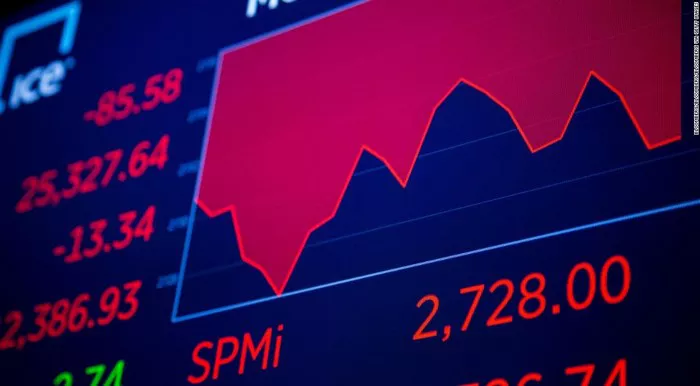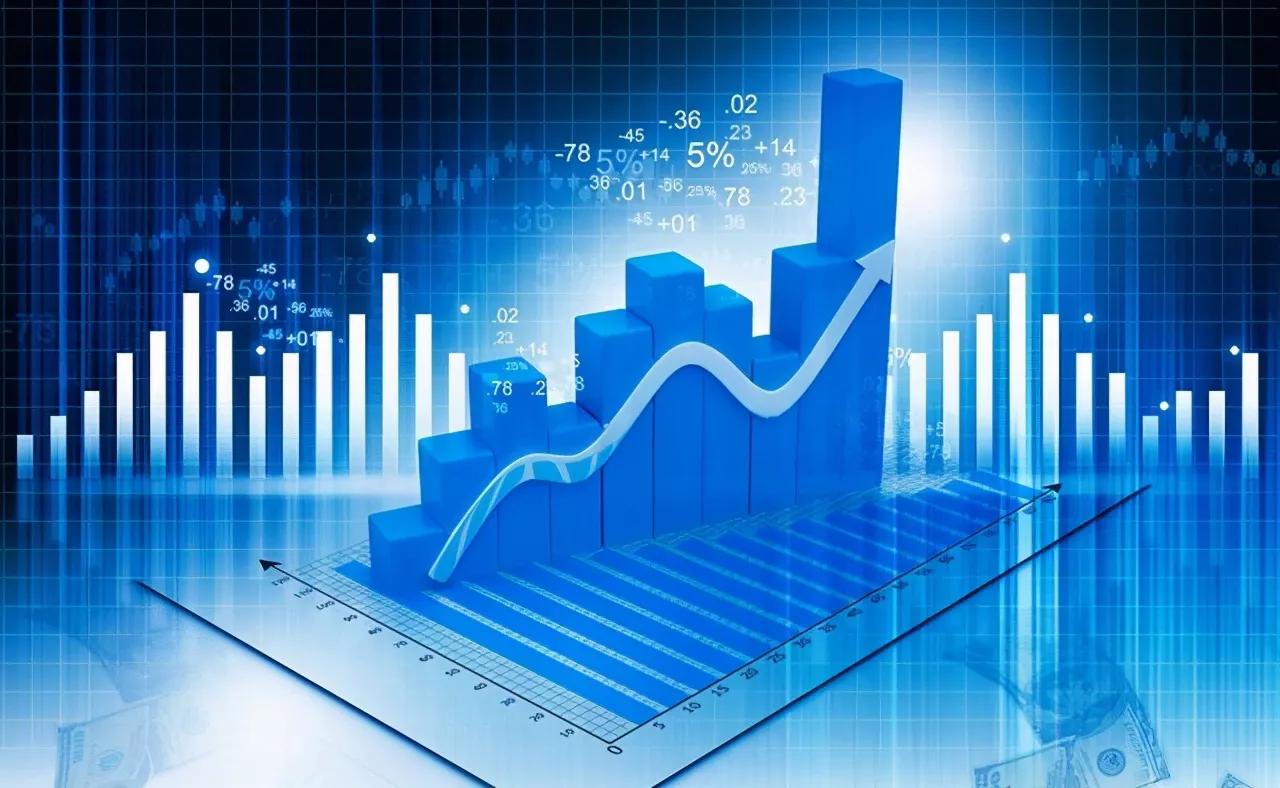Understanding the concept of market cap in stocks is crucial for investors seeking to navigate the financial markets effectively. Market capitalization, often abbreviated as market cap, is a fundamental metric used to gauge the size and influence of a company within the broader stock market. This article aims to provide a detailed introduction to market cap, its significance, how it is calculated, and its implications for investors. By the end, you will have a comprehensive understanding of this vital financial metric.
What Is Market Capitalization
Market capitalization represents the total value of a company as determined by multiplying the number of its outstanding shares by the current market price per share. Simply put, it is the total dollar amount of a company’s stock. Market cap serves as a key indicator of a company’s size and overall financial health, offering insights into its performance, stability, and growth potential.
Market cap is often used to classify companies into different categories: large-cap, mid-cap, and small-cap. This classification helps investors identify which companies fit their investment strategy and risk tolerance.
Large-Cap Companies: Generally, companies with a market cap of $10 billion or more are considered large-cap. These are usually well-established firms with a long operating history and a significant market presence. Examples include Apple, Amazon, and Microsoft.
Mid-Cap Companies: Mid-cap companies have a market cap between 2billionand10 billion. These firms are often growing businesses with expanding market shares and the potential for significant gains.
Small-Cap Companies: Companies with a market cap of less than $2 billion are classified as small-cap. These are typically younger companies with limited operating histories and higher growth potential but also greater volatility.
Calculation of Market Capitalization
Calculating market cap is straightforward. You multiply the total number of shares a company has issued by the current price per share. Here’s the formula:
Market Cap = Total Number of Shares × Current Price per Share
For instance, if a company has issued 100 million shares, and each share is currently trading at $50, the market cap would be:
Market Cap = 100 million shares × 50pershare=5 billion
This calculation provides a snapshot of the company’s value at a specific moment in time. Market cap is a dynamic figure, fluctuating with changes in the company’s share price and the number of shares outstanding.
Significance of Market Cap
Market cap is more than just a number. It serves several critical functions in the financial world:
1. Company Valuation
Market cap provides a rough estimate of a company’s worth. While it doesn’t represent the exact value of a company’s assets minus liabilities (as determined by accounting methods), it offers a market-based assessment of the company’s value.
2. Comparison Tool
Market cap allows investors to compare the sizes of different companies. This is particularly useful when analyzing industry dynamics, sector trends, and competition.
3. Investment Strategy
Market cap classifications help investors tailor their investment strategies. Large-cap stocks are often favored for stability and dividend income, while small-cap stocks are seen as having higher growth potential but greater risk.
4. Index Composition
Market cap is used to determine the composition of stock market indices, such as the S&P 500 and the NASDAQ Composite. Companies with larger market caps tend to have a greater weight in these indices.
5. Corporate Finance
Market cap is a factor considered by corporate finance departments when making decisions about mergers, acquisitions, and other strategic moves.
Market Cap and Liquidity
Market cap also provides insights into a stock’s liquidity, which refers to the ease of buying and selling shares without significantly affecting the stock price. Generally, larger companies with higher market caps have more liquid stocks. This is because they typically have a larger number of shares traded daily, attracting a broader base of investors.
In contrast, smaller companies with lower market caps may have less liquid stocks. Fewer shares are traded, making it harder to buy or sell large quantities without moving the price significantly. Liquidity is a crucial consideration for investors, especially those who need to buy or sell quickly.
Market Cap and Risk
Market cap is closely related to a company’s risk profile. Smaller companies, with lower market caps, are generally considered more risky than larger companies. This is because small-cap companies may have limited operating histories, fewer resources, and higher volatility in their share prices.
Conversely, large-cap companies are seen as less risky due to their established track records, larger market shares, and greater financial stability. However, even large-cap stocks can experience significant price movements during market downturns.
Investors should consider their risk tolerance and investment goals when choosing stocks based on market cap. While small-cap stocks may offer higher growth potential, they also come with higher risks. Large-cap stocks, on the other hand, may provide more stable returns but may have limited upside potential.
Market Cap and Growth Potential
Market cap can also give clues about a company’s growth potential. Smaller companies, with lower market caps, often have greater growth potential as they expand their market share, increase sales, and improve profitability. These companies may be in the early stages of their lifecycle, offering investors the opportunity to participate in their growth.
Large-cap companies, while stable, may have limited growth potential. Their large size and established market presence can make it challenging to achieve significant growth rates. However, large-cap companies may still offer opportunities for growth through dividends, share buybacks, and strategic acquisitions.
Market Cap and Sector Analysis
Market cap is also useful in analyzing sectors and industries. Different sectors have different market cap distributions. For instance, the technology sector often includes a significant number of large-cap and mid-cap companies, while the biotechnology sector may have a higher proportion of small-cap companies.
By examining the market cap distribution within a sector, investors can gain insights into the sector’s overall health and growth potential. For example, a sector with a high concentration of small-cap companies may indicate a burgeoning industry with many emerging players. Conversely, a sector dominated by large-cap companies may suggest a mature industry with limited growth opportunities.
Market Cap and Economic Cycles
Market cap can also provide insights into how a company may perform during different economic cycles. Smaller companies, with lower market caps, may be more sensitive to economic downturns. They may have limited financial resources to weather recessions and may face challenges in accessing capital.
In contrast, larger companies, with higher market caps, may be better positioned to weather economic storms. They often have stronger balance sheets, greater access to capital, and more diversified revenue streams. This can make large-cap stocks more attractive during times of economic uncertainty.
Practical Considerations for Investors
When using market cap as an investment tool, investors should consider several practical factors:
1. Diversification
Diversifying across different market cap classifications can help balance risk and reward. By holding a mix of large-cap, mid-cap, and small-cap stocks, investors can potentially capture growth opportunities while mitigating the risks associated with any single sector or company.
2. Research
Before investing in any stock, it’s crucial to conduct thorough research. This includes analyzing the company’s fundamentals, such as its revenue, earnings, and cash flow, as well as its competitive position within its industry.
3. Time Horizon
Consider your investment time horizon when selecting stocks based on market cap. Small-cap stocks may require a longer time horizon to realize gains, while large-cap stocks may offer more immediate returns but may have limited upside potential.
4. Risk Tolerance
Assess your risk tolerance before investing. Small-cap stocks may offer higher growth potential but come with greater risks. Large-cap stocks may provide more stable returns but may not offer the same upside.
5. Market Conditions
Pay attention to overall market conditions. During bull markets, small-cap stocks may outperform, while during bear markets, large-cap stocks may provide better protection.
Conclusion
Market capitalization is a vital metric for investors seeking to navigate the stock market effectively. It provides insights into a company’s size, liquidity, risk profile, growth potential, and sector dynamics. By understanding how market cap is calculated and its implications for investors, you can make more informed decisions about your investment portfolio.
Remember, market cap is just one of many factors to consider when investing. Always conduct thorough research, diversify your investments, and assess your risk tolerance before making any investment decisions. With a solid understanding of market cap and a well-rounded investment strategy, you can potentially capture growth opportunities while managing risk in the volatile world of stocks.
In summary, market capitalization is a fundamental metric that reflects a company’s value, liquidity, risk, and growth potential. By examining a company’s market cap, investors can gain valuable insights into its financial health and position within the broader market. Whether you’re a seasoned investor or just starting out, understanding market cap is a crucial step in building a successful investment portfolio.
Related topics:
































